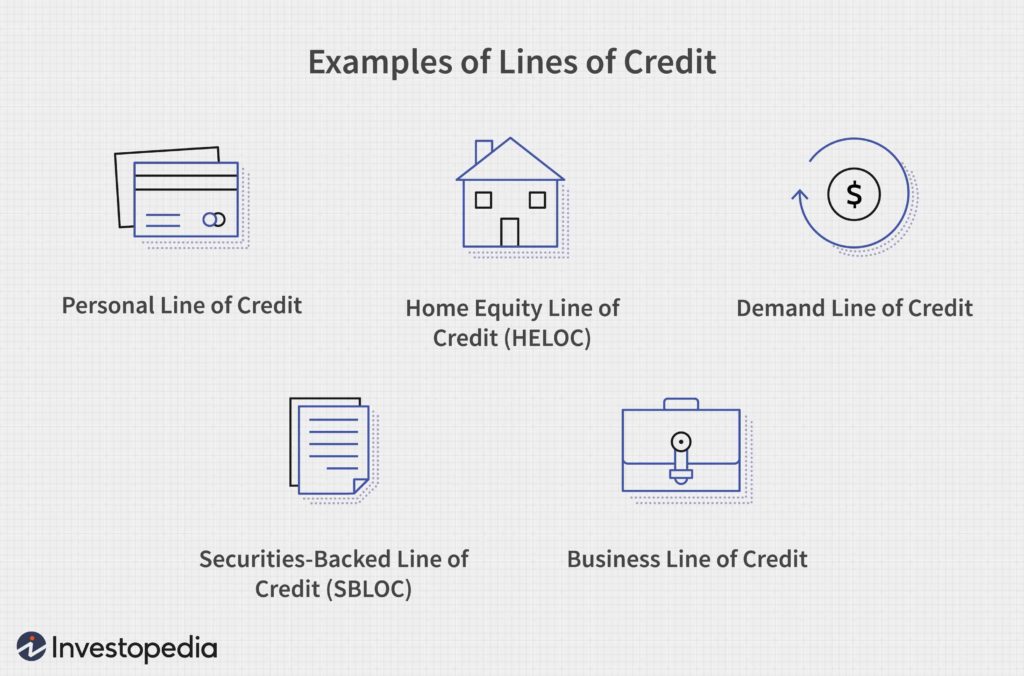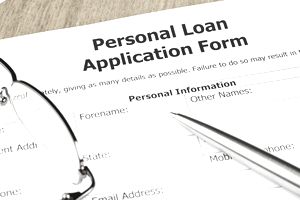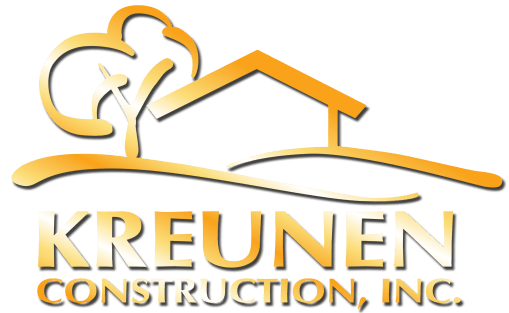How to Fund Your Dream Home Project? 4 Easy Ways
There are several reasons why people want to have their dream home. One of the most prominent ones is the immense pride that comes with homeownership. However, this dream of owning a property can quickly become trouble if you stretch your finances to meet your needs.
While paying for small repairs or renovations is pretty straightforward (cash or credit card would serve the purpose easily), larger projects including a major remodel or installation of a new roofing system are a different game altogether. Larger projects are so complex, and sometimes expensive, that you have to explore other payment methods to ensure they are running smoothly.
The good news is that it’s not as intimidating as it seems, provided you have some basic knowledge about the different payment options available to you nowadays. With that mind, Chuck Magee- one of the most trusted digital marketers for roofing companies as well as roofing company owners, is here to share some of the most customer-friendly payment solutions you can take advantage of right now.
1. Financing
Before you hire a suitable roofing contractor for your project, it’s important to take a closer look at their payment specifics. Gather all the information regarding things like the total projected cost of your project, minimum down payment required, and when future payments have to be made, among others. You can find the right contractor by visiting sites like Find a Pro. While interviewing, ask the prospective contractors about the availability of various financing options. Many roofers offer a variety of plans to fit your exact needs through lenders.

2. Home Equity Loan
Home equity loans are quite popular among homeowners who are looking to start a major renovation or roofing project without breaking the bank. This Loan is essentially a second mortgage and the major reasons for its popularity are low-interest rates and various tax benefits. If eligible, you’ll get all the money as a lump sum, which makes it a great way to fund large scale remodels, roof installations, and renovations.

How Much Can You Borrow?
In general, the amount you’re eligible to borrow in your home equity loan can be calculated as follows:
(Your Current Mortgage Rate + How Much You Want To Borrow) ÷ Total Appraisal Value of Your Property
First and foremost, determine the existing value of your home. But, if you’re uncertain about your home’s current value, this online tool can be quite useful to get the same. Once you put the values in the above formula, you’ll get a Loan to Value Ratio (LTV). Typically, you won’t face any trouble getting a mortgage if you have an LTV of 80% or above.
Take for instance this explanation at Bankrate.com. If your current home mortgage stands at $100,000 but your home’s value is $200,000, you might be eligible for a home equity loan of $60, 0000. However, if you decide to take the loan, your total debt would increase to $160,000 i.e. 80% of your home’s value.
These online calculators come quite handy for getting a good idea of how much loan you’re eligible for. That being said – before taking any financial decision, make sure to discuss the pros and cons of taking a mortgage with the lender.
3. Home Equity Line of Credit (HELOC)
HELOC or Home Equity Loan of Credit is borrowed against the current market value of your home. However, contrary to home equity loans, where you receive the money in a lump sum, HELOC acts like a credit card. It allows you to borrow the required money each month and you have to pay back the money with monthly interest.

Tax Benefits of Home Equity Line Of Credit
So, why is HELOC better than using a credit card? Firstly, HELOC is available at a very low-interest rate (if you qualify). Secondly, the interest rate you’ll pay would be completely tax-deductible, provided you use the loan money only for your home improvement tasks. These may include remodels, upgrades, renovations, and repairs, to name a few. On the other hand, if the amount is used for things other than the home improvements, then you might not be eligible for these benefits. Get in touch with your tax professionals to know if you qualify.
HELOC’s provide borrowers with excellent flexibility. You can draw out any amount of funds (up to your credit limit) to carry out various tasks in your project as soon as the credit line opens. A major advantage of HELOC is that you’ll pay interest only on the amount you’ve used. If you’re not certain about the exact costs of your project, getting a HELOC might be a wiser idea than a home equity loan.
4. Personal Loans
While HELOC’s and home equity loans provide you with more money than other options, you’ll need to own a property in the first place to be eligible for Home Equity Loan of Credit or home equity loans. However, if you don’t own a home but wish to start your project, you should opt for personal loans. With a personal loan, you’ll have access to the funds immediately for your home building/improvement project without having to put your home as collateral.
Also known as unsecured loans, personal loans typically have a higher rate of interest than the other options. And to qualify you should have a good credit score. The good news is that if you have an excellent credit score, you might be able to get a personal loan even at a lower interest rate and higher loan amount than most credit cards.

Determine your budget
Make sure you have a clear idea about the budget of your project before applying for any of the finance options mentioned above. By keeping everything properly organized and knowing your budget precisely right from the start, you can make your project a smooth and rewarding experience.
Larger projects take into account many factors. So, make sure you fully understand all the intricacies of your project along with the risks and benefits involved in various payment options. Fortunately, the availability of a wide range of payment options nowadays has made it possible for most people to build their dream homes without any hassle.
